In tunicates, the capacity of budding, and therefore re-growing of clonal copies of the original individual (zooid), occurs through different mechanisms of interaction between non-homologous epithelial tissues and/or putative stem cells circulating in the bloodstream…
In order to better test the function of specific genes, and to follow the dynamic of the cells involved in NED we aim to establish transgenic colonies of B. schlosseri, a technical challenge that will open new avenues for functional study and high-resolution live imaging of budding…
The aim of this project is to uncover the molecular mechanisms by which circulating mesenchymal cells are able to reconstruct a new individual…
o highlight genomic signatures linked to NED and to highlight other genotype-phenotype convergent associations related to characters linked to the capacity of undergoing NED, we are sequencing and comparing the genomes of four species of Styelid, two colonials (Botryllus schlosseri and Polyandrocarpa zorritensis) and two solitaries (Dendrodoa grossularia and Styela plicata). As an offshoot, we may be able to collect insights on the possible effects of asexual propagation on evolution of genome architecture, for example due to heritable mutations of the somatic pluripotent stem cells…
Horizontal gene transfer (HGT) is the acquisition of genetic material from non-parent organisms of different species, by opposition with vertical gene transfer where the genetic material is inherited from the parents. While this process is widely described in prokaryotes where it has been shown to accelerate their evolution, the impact of HGT on the evolution of eukaryotes, and particularly on metazoans, remains a relatively unexplored field of research. In collaboration with the team of Dr. Simon Blanchoud (University of Fribourg, Switzerland) we began to investigate the extent and the nature of HGTs in Tunicates…
Funded by the Advanced Research Program at the Université Côte d’Azur, the project ‘ If we were to look at regeneration with a different eye’ has been initiated as an artistic-scientific collaboration with the artist Irene Kopelman and the Röttinger (IRCAN – UCA, CNRS, INSERM), and is driven by Irene long-term engagement with scientific research which underlies her artistic practice…

Laboratoire de Biologie du Développement UMR 7009
Cette UE se déroule sur 2 semaines et a lieu au laboratoire de Biologie du Développement de Villefranche -sur-Mer (LBDV). Elle inclut l’examen de l’UE d’analyse scientifique (5V089) suivie par les étudiants de la spécialité de Biologie du Développement.
Durant la 1ère semaine, les étudiants participent à des ateliers et des rencontres avec les chercheurs du laboratoire.
Durant la 2ème semaine, les étudiants sont répartis dans les équipes pour y réaliser un mini projet qu’ils présentent le dernier jour du cours. Le cours est donné en anglais pour tout ou partie.
Modalités d’évaluation
Présentation orale du mini-projet (binôme, 100 %)
UE en anglais (partiellement ou totalement)
Master BMC, S3, 6 ECTS
Code UE: 5V200
Responsable de l’UE: Carine BARREAU (MCU): carine.barreau [at] obs-vlfr.fr
Cette UE permet aux étudiants de 1ère année de Master de passer 2 semaines à l’Observatoire Océanologique de Villefranche-sur-Mer. Le cours est obligatoire pour les étudiants du Master Biologie Intégrative, parcours Biologie et Bioressources Marines (BBMA) tandis qu’il peut être choisi en option par les étudiants du Master Biologie Moléculaire et Cellulaire (BMC). Les étudiants participent à des ateliers de présentation des organismes marins utilisés par les équipes de recherche du laboratoire (LBDV) et apprennent à les manipuler au cours de travaux pratiques dont les thématiques vont de la Biologie du Développement fondamentale à la toxicologie appliquée.
Modalités d’évaluation
Analyse d’article et présentation orale (50%)
Compte-rendu écrit de TP (50%)
UE partiellement en anglais
Master BIP, S2, 6 ECTS
Code UE: 4B022 (ouverte au Master BMC)
Responsable de l’UE: Carine BARREAU (MCU): carine.barreau [at] obs-vlfr.fr
Cette UE complémentaire se déroule sur 2 semaines et permet aux étudiants de découvrir les différents aspects (métiers & recherche) de l’Observatoire Océanologique de Villefranche-sur-Mer (OOV). Ateliers et journal clubs sont organisés afin que les étudiants mettent en pratique leurs connaissances théoriques en biologie et développent leur capacité de communication scientifique en français et en anglais.